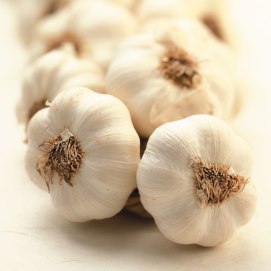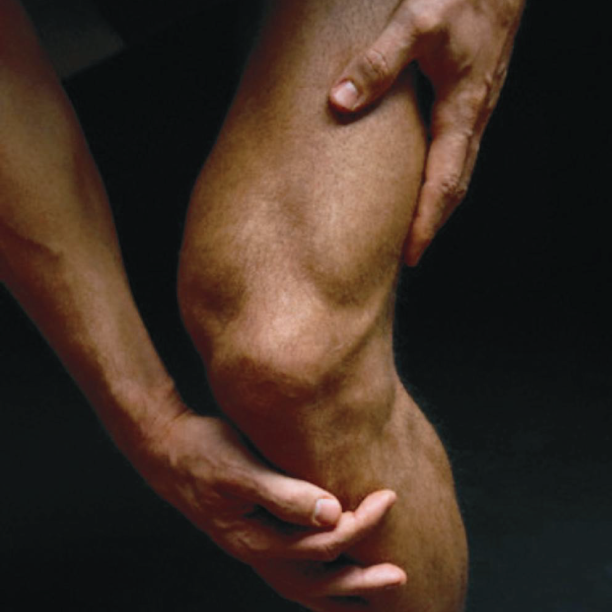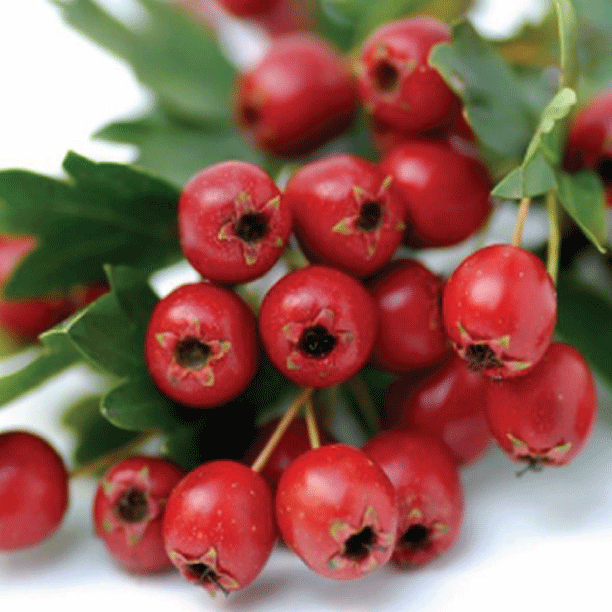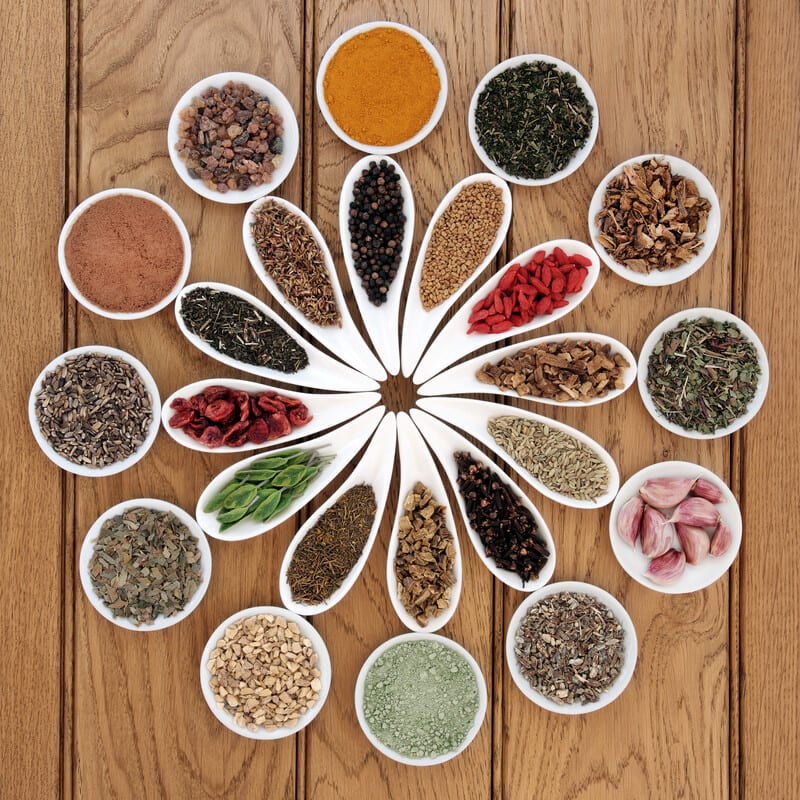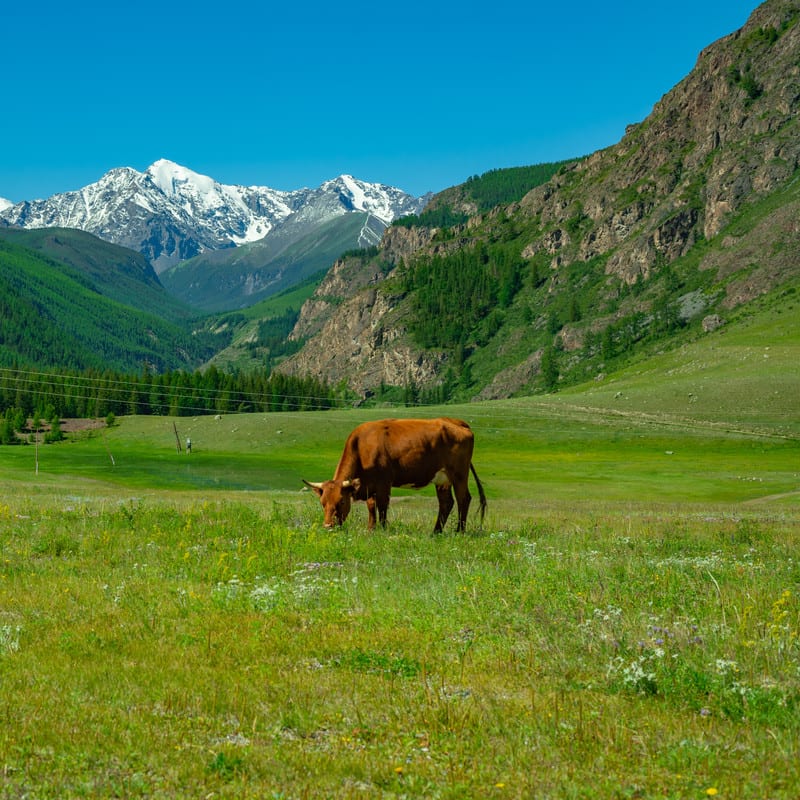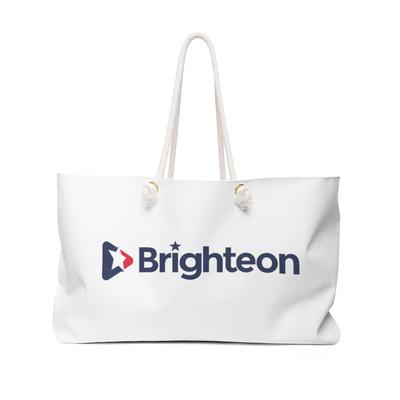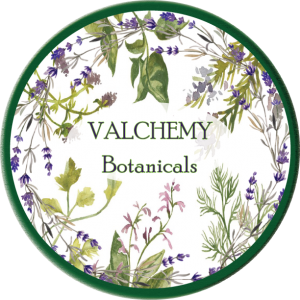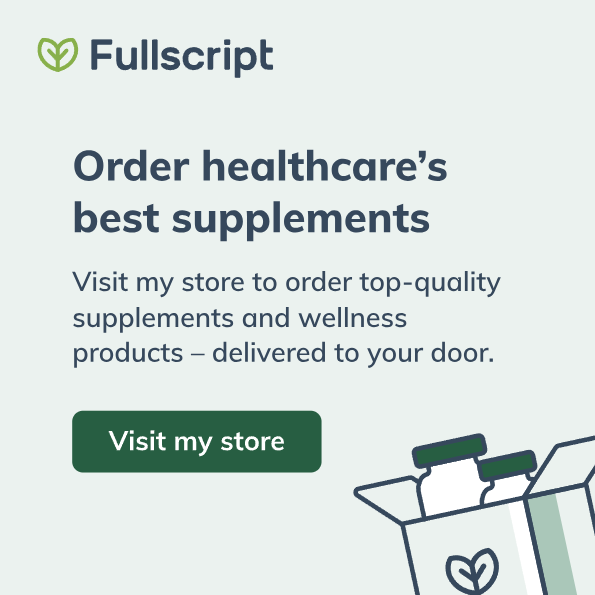Did you know that, depending on the quality of your soil and the size of your family, you can grow all the food you need in a very small space?
Most Americans think that without large-scale industrial agriculture, with its chemical inputs and GMOs, we would all starve to death. They think that acres upon acres of row crops or overcrowded herds and flocks are required or there simply wouldn’t be enough food to go around.
Feeding your family simply requires designing a food production system that works with natural processes to make the most of what you have instead of focusing on profit alone like a large scale industrial farm.
Even people who know that organic farming is just as productive as industrial farms often think that it takes acres of land to grow enough food for a family. Here’s why this simply isn’t true…
Small Scale Farming = Ultra-Productive Gardening
Biointensive micro/mini-farming is a small-scale farming system that is really ultra-focused and ultra-productive backyard gardening.
John Jeavons, the father of modern day biointensive gardening, is famous for his saying “grow more vegetables than you ever thought possible on less land than you can imagine.”
Biotensive gardening is all about soil care and special gardening techniques. Together they work so well that you can grow a completely nutritious and calorie-full diet in less than 1000 square feet (not including animal products).
My favorite book to get started with Biointensive mini-farming is called How to Grow More Vegetables by John Jeavons. This resource is the holy grail of small space gardening and mini farming.
Biointensive gardens require some soil preparation work up front, including the infamous “double digging”, but it’s still cheaper to start than other popular small scale gardening techniques, such as square-foot or lasagna gardening.
For all your efforts in preparation, your gardens will be drought and weed resistant and very easy to maintain for decades to come.
When combined with permaculture, you can create a complete homestead that is not only highly productive, but also very low maintenance.
Building Your Homestead For Your Needs
As homesteading and self-sufficiency have hit the mainstream over the past few years, dozens of books have been written on nearly every detail of the homesteading lifestyle.
My two favorite of these are The Backyard Homestead and Your Custom Homestead.
The Backyard Homestead will give you ideas and detailed techniques for creating your gardens, chicken coops, and more. They show you how to meet all your food needs on as little as a tenth of an acre!
It’s also packed full of great organic gardening information, animal husbandry, food preservation techniques plus a lot more.
The Backyard Homestead is a great go-to book to get you started on a small (or large) lot.
Your Custom Homestead, on the other hand, walks you through a detailed 21-day process that moves you closer to your homesteading dreams one step at a time.
It takes you through the actual processes of beginning a homesteading lifestyle from scratch and gives guidance on how to perfectly fit homesteading into your unique lifestyle.
This makes it a great fit for everyone, whether you live in an apartment in the city or have 500 acres to play with.
Permaculture Mixed With Off the Grid Living
Permaculture is short for “permanent agriculture”. It covers all aspects of the design and development of a sustainable self-sufficient homestead, and then some.
It’s a very broad field, so broad that you could spend a lifetime learning about Permaculture. Luckily the average homesteader doesn’t need an entire philosophy or a lifetime of study to build a sustainable homestead.
One book in particular, Gaia’s Garden, breaks down the necessary permaculture techniques for an urban or suburban setting.
From planting fruit trees in ways that increase yields to building renewable energy systems that fit your family’s needs, it will help you implement vital permaculture wisdom into your homestead design.
Gaia’s Garden makes permaculture seem simple and accessible to the new homesteader.
The plant lists at the end are worth the price of the book alone.
If you have a quarter acre or more of good land (or land that you’re willing to make good) and a dream of greater self-sufficiency, then these resources are a must have.
(Source: besurvival.com)


